Every time I post about refugees, I get a backlash of political comments. I don’t broach this subject lightly, nor do I do so to posit or elicit a political response. I talk about it because it’s our Christian duty to understand and respond to the reality of refugees everywhere. Whether they have arrived in your backyard or are suffering on the other side of the world, you must determine what your responsibility is to them as a follower of Christ.
…let’s not just talk about love; let’s practice real love. This is the only way we’ll know we’re living truly, living in God’s reality. 1 John 3:18-19 (The Message)
We have entered uncharted territory when it comes to the psychosocial trauma associated with Syrian refugee children. Much like the effects of the Holocaust, the Vietnam War, and crises in Rwanda, Uganda, Sudan, and Myanmar, where children have either been in the crossfire of violence, abandoned and orphaned, or forced to join in the war as child soldiers, we are discovering a horrifying new reality based in the worst environment imaginable for children coming out of the war in Syria.
Dr. M.K. Hamza, a neuropsychologist from the Syrian-American Medical Society (SAMS), pulled back the veil on the extent of child trauma Syrian refugee children are experiencing in a recent article. Having worked with countless Syrian refugee children, Dr. Hamza was not satisfied with any description of the horror that children have experienced from the Syrian war. All known terms failed to sufficiently describe the realities Syrian children are experiencing. Dr. Hamza introduced the world to the phrase, “Human Devastation Syndrome” to more accurately describe their pain, which is significantly more devastating than PTSD.
While nations around the world have experienced tragedy and crisis since the dawn of time, the ubiquity of the Internet has launched us into a real-time, graphic co-experience of the trauma as we instantaneously receive photos, videos, and stories of victims.
Over the last five years the war in Syria has escalated, dramatically affecting countless lives. We are only beginning to understand the ramifications such as:
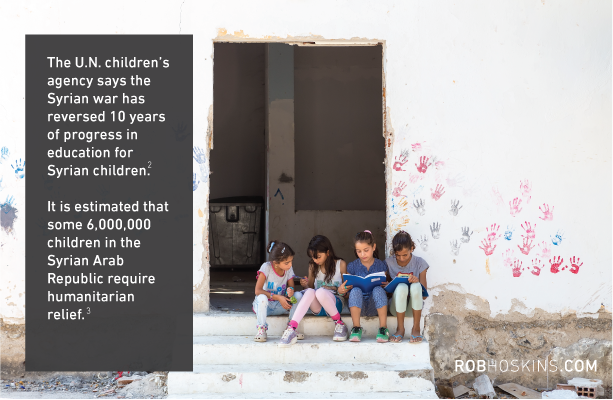
Millions of children are caught in the crossfire of the conflict, and lose their childhood literally overnight.
[Tweet “We are to be a place of refuge for strangers, sojourners, and refugees.”]
The new reality of Human Devastation Syndrome brings with it unchartered ministry territory. It reminds me of the Place to Person transition that occurs between the Old and New Testaments. The Old Testament often focused on the places where the presence of the Lord dwelt–Mount Sinai, the Ark of the Covenant, the Tabernacle, the Temple, etc. With this emphasis on Place, in the Book of Numbers, the Lord commands Moses to establish six cities of refuge for strangers, sojourners, and refugees. These six strategically placed cities were accessible to anyone who had need of refuge in the land of Israel, highlighting the need for refuge within society.
“And the Lord spoke to Moses, saying, “Speak to the people of Israel and say to them, When you cross the Jordan into the land of Canaan, then you shall select cities to be cities of refuge for you… These six cities shall be for refuge for the people of Israel, and for the stranger and for the sojourner among them.” (Numbers 35:9-11,15) ESV
The New Testament shifts from the emphasis on Place to emphasis on Person. No longer does the Lord dwell in a fixed location like the Tabernacle or the Temple. Instead, He chose to dwell among and in us. As sons and daughters of God, we embody the presence of the Lord. Similarly, there are no longer cities of refuge in the nation of Israel under the Law. Now, through the power of Christ, we become empowered to be persons of refuge.
I have been crucified with Christ. It is no longer I who live, but Christ who lives in me. And the life I now live in the flesh I live by faith in the Son of God, who loved me and gave himself for me. (Galatians 2:20) ESV
Christ has authorized us to love God and love our neighbor, commanding us to take care of those in need.
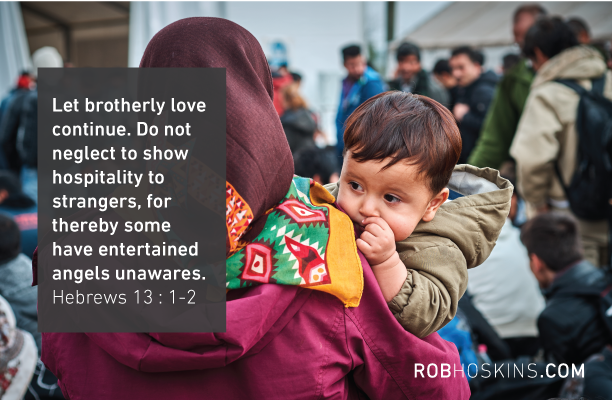
If a brother or sister is without clothing and in need of daily food, and one of you says to them, “Go in peace, be warmed and be filled,” and yet you do not give them what is necessary for their body, what use is that? (James 2:15-16) NASB
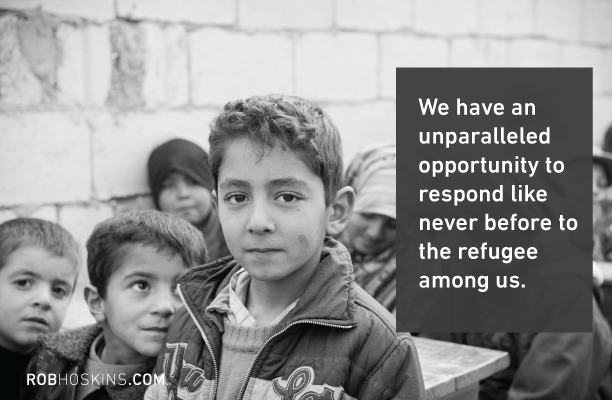
One way OneHope is specifically helping is by partnering with Biblica to create a specialized edition of the Book of Hope, called The Survivors, and contextualizing it to meet the psychosocial needs of refugees. As refugee children suffer from Human Devastation Syndrome, they are addressed as “survivors” and presented with Good News inspiring hope and providing a framework to begin processing and redeeming their trauma in Christ.
[Tweet “Let’s live like Christ, our Refuge, and be a safe haven so every person has a place.”]
As the body of Christ, we are commanded to be persons of refuge – providing a safe place to those in need. Whether it’s your neighbor, the stranger, or the Syrian refugee child, let’s live like Christ–our Refuge–in these turbulent times providing a safe place for every person.
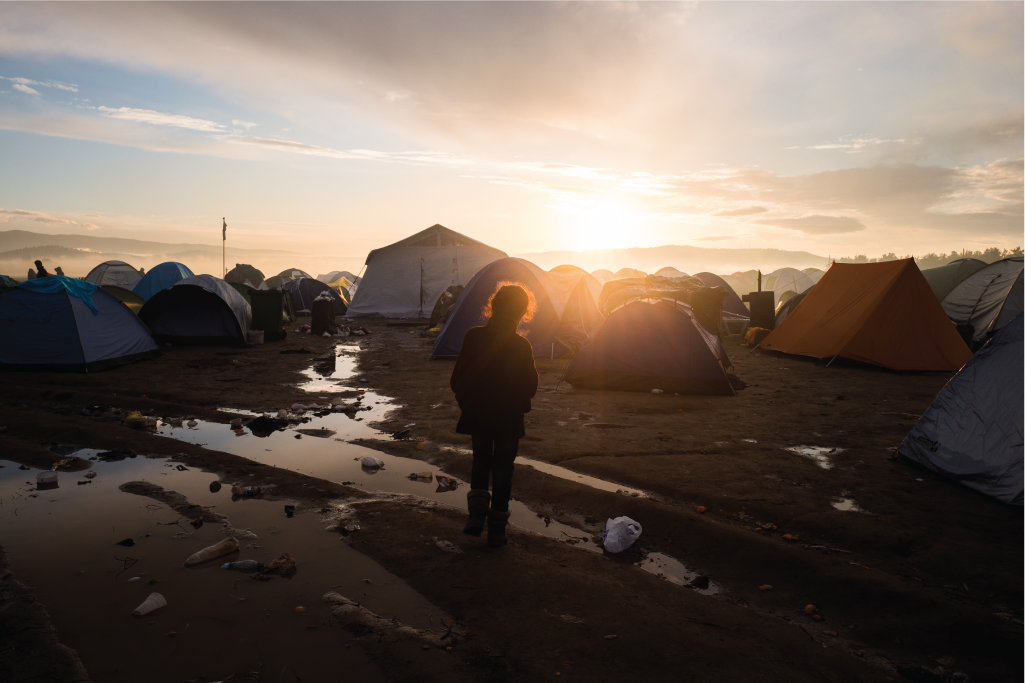
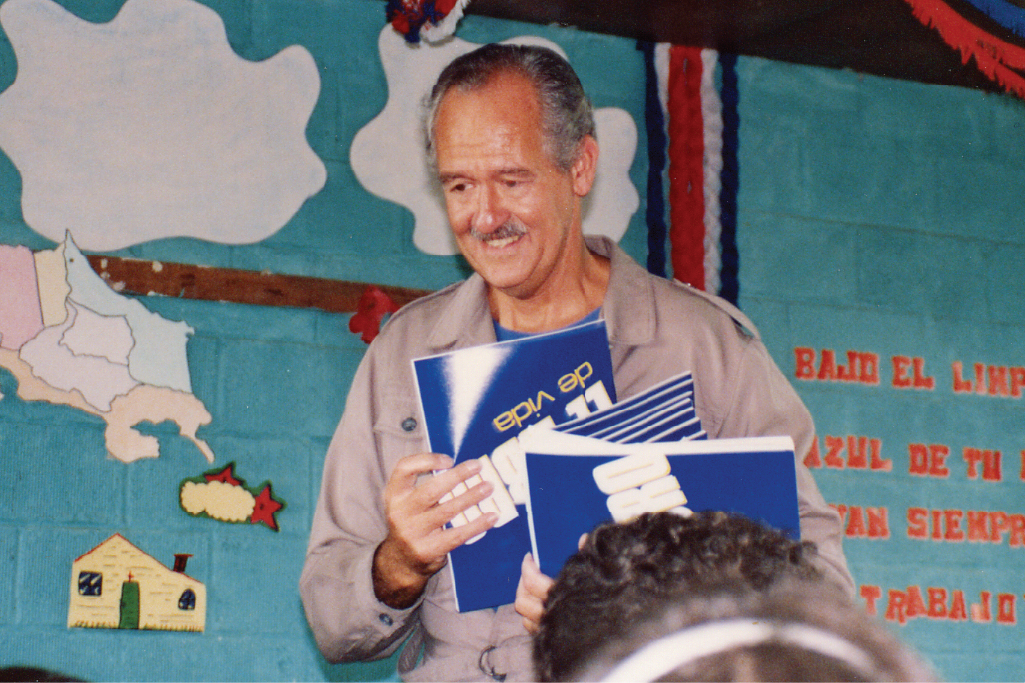

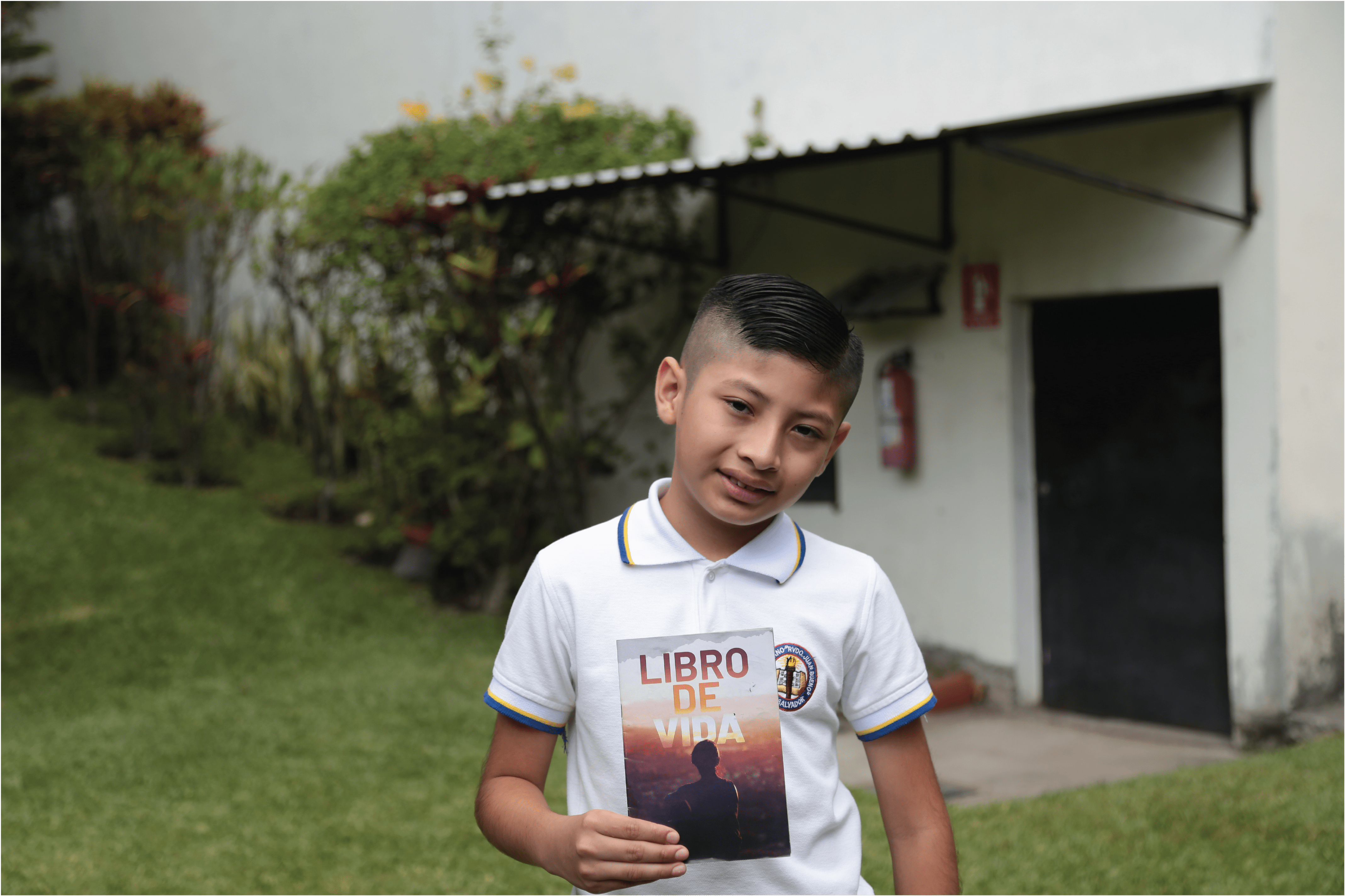
1 Comment
Educators of young children are challenged by the pressure to focus on academic achievement that filters down into the early childhood classroom. More than any other part of the education system, the early childhood classroom is an ideal setting to help identify and nurture a child s developing skills in A major task of the early childhood teacher is to help a child find and develop his own area of solid competence a niche. This niche is different for each child. For some children this will be their special skill with clay; for others it will be how fast they can run. When a teacher helps the child feel special and capable in any area, this will serve as a safe home base from which the child can continue learning in all areas.